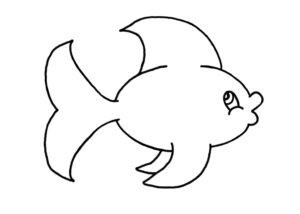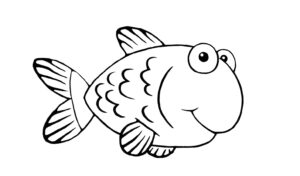WRAP-UP
Learning Disabilities Unit
Now that you’ve had the Learning Disabilities unit, here are a few follow up activities so you can learn more and have fun. Choose one, two or all three!
Read the book
Fish in a Tree by Linda Mullaly Hunt
To find the book, check with your school librarian or your local library. For more ways to find books, you can click this link: Find Books!
Or, click below and scroll down on the page to listen to the author read her book and answer questions on video (and to find lots of fun activities, too!):
Website of Author Linda Mullaly Hunt


Try This!
After you read the book, try answering these questions:
- What are Ally’s strengths and challenges? What are yours?
- What strategies does Ally use to help with her schoolwork
- How does Ally learn differently?
- Do you agree that everyone is smart in different ways? Why?
Try This!
And now, try this offline activity:
- Are you ready to do something without using a screen? Try this fun activity where you can celebrate differences by making your own unique fish in tree!
- Download a fish picture below (or two or three) and print it.
- Make it your own unique fish by coloring it, adding other elements by glueing them on, and any other ideas you might have. Be creative!
- Make a tree by drawing it or cutting it out of paper
- Cut out your fish and put it in your tree.
Memory Game Activity
As you learned in our Learning Disabilities presentation, one of the things that helps us learn is memory, or remembering things. Sometimes it can be challenging to access memories, but there are strategies that help!
Try This!
This activity can be done with your family, your friends, or even over Zoom or other videoconference tools. It can be done with only 2 people, but usually the more people you have, the more challenging the activity.
Materials:
Find 10-12 small objects in your house or classroom. The more objects you choose, the more challenging the game will be. You can use many different things as long as they are kind of small and not too similar to each other.
Here are some examples:
- paper clip
- small toys like: animal, car, wooden block
- spoon
- penny
- clothespin
- pencil
- screw and nut
- rubber band
- marker
- straw
- tape
- Lego piece
Directions
Put your objects in a tray, on a table, or on the floor. Everyone should have the chance to “scan” them with their eyes. One person will remove a few of the objects and hide them while no one else is looking. Then everyone will see if they can figure out which objects were removed. While you play the game, think about how you are memorizing what you see.
There are at least 2 rounds in this game..
Round 1 – Rules of the Game:
- Look at the objects on the tray and try to remember the objects.
- One person should take the tray out of sight or have everyone cover their eyes and remove 3-4 objects.
- Put the objects where no one can see them.
- Then, everyone should look at the remaining objects.
- Can everyone remember the missing objects?
Round 2 – Rules of the Game:
- Now, try another round and have one person remove more objects while everyone else is not looking.
- Keep thinking about how you are using your memory.
- After this round discuss the strategies you used to remember the objects.
Questions to consider:
Think about some of the strategies you used to figure out what was missing.
- How did you remember what was there? Did you simply “take a picture” of the tray with your eyes and brain?
- Does it help to name objects?
- Does it help to categorize them based on their color, shape, size, or what it is made of?
- Does it help to count the objects?
- Did you use other ways of keeping track of objects?
As you can see from this game, we all have times when remembering something can be a challenge. In this game you are using something called “visual memory”. Sometimes people have issues with visual memory. This game involves a number of skills that help us remember things that we have seen. These are the same skills we use to learn to read, to play a game and many other daily activities. If someone finds it challenging to remember things, you can help by being patient and giving them extra time, recommend some strategies that help you, or remind them of the strategies that work for them.
(Optional) Round 3:
You can try an optional 3rd round of the game using the strategies you’ve discussed and see if there are some that help with memory. What works best for you?
The Understanding Our Differences curriculum is protected by copyright, © 2010-2023. Understanding Our Differences, Inc. All rights reserved. The Understanding Our Differences curriculum is not to be altered, photocopied, shared with other entities, or reproduced in any way, and is not to be resold.



